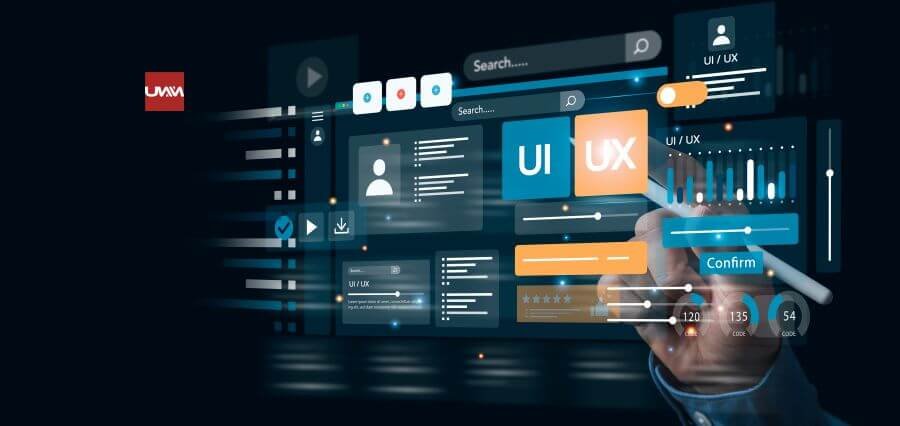For decades, the classroom was synonymous with education—a space where slate and chalk were to converge, where instructors labor at the front and pupils labor at listening. But with technology’s relentless expansion, learning itself is transforming radically. We’ve moved from chalkboard to interactive screen, from book to e-book, and now from structured learning to AI-driven on-demand learning. Chatbots, virtual learning assistants, and intelligent tutoring systems are not a phase—they are the next education revolution.
Learning is no longer geographically located, temporally fixed, or rigorously scheduled. Technology has opened up learning to everyone everywhere and made it tailored to learners globally who can now learn at their own pace and on their own timeline. This tech revolution is not just about ease; it’s changing the whole aim and approach of education itself.
The Emergence of Smart Learning Systems
Artificial intelligence has been the driving force in the transformation of education. Chatbots and AI-based tools are increasingly being used as real-time tutors, answering questions, giving feedback, and tailoring content to individual learning patterns. These tools provide students with instant guidance—saving them from waiting for teachers to be available—and are relentless guides for navigating intricate subjects.
The most groundbreaking aspect of such systems is that they can learn. Through machine learning, learning systems can track student performance in real time and adapt content accordingly. Struggling with algebra? Your virtual tutor can accelerate and give you building-block exercises. Your language lessons too easy? It will challenge you to more complex levels. This form of adaptive learning does not only enhance education but also makes it highly personalized.
Breaking Barriers to Access
The digital learning revolution has dramatically altered access. Web-based platforms, many of which are low cost or free, have opened new doors for students in under-served populations, working adults, and alternative learners. Through MOOCs, micro-credential opportunities, or mobile applications, learning is now available to anyone with a device and connection.
Where there is no infrastructural formal education, mobile-first learning and AI-based tools are plugging the knowledge holes. A country boy in rural India can learn to code from an app; a Nigerian woman can complete a business course late one evening after work; a Brazilian adolescent can study university maths from their phone.
This digital inclusiveness is critical to bridging international educational inequality and building socioeconomic mobility across places and generations.
Preparing the Future Workforce
The future workforce must remain learning and responsive. As industries themselves are evolving at breakneck speed—driven by automation, data science, sustainability, and AI—learning must equip learners with more than foundational knowledge but with the ability to reskill and upskill throughout their lifetime.
Online learning enables this continuous learning need. Websites can provide real-time updates, offer modular, stackable sequences of learning, and keep up with current trends in the industry. AI teachers and chatbots ensure that students can be interacted with even outside regular class hours, and therefore continuous education becomes more convenient and more efficient.
Also, digital literacy itself is a core competency. Familiarity with digital tools, communications platforms, and interfaces to AI is as crucial as math or writing. The coming generation of students must be fluent not only in ideas, but in interfaces.
Challenges in the Digital Classroom
While showing a lot of promise, online learning has its drawbacks. The biggest roadblock is the digital divide, particularly in rural and disadvantaged communities where access to devices and connectivity is an issue. Additionally, issues of data privacy, algorithmic bias, and screen fatigue must be addressed with sensitivity.
Schools must also make sure that technology supports pedagogical purpose and not drives it. Overdependence on automation undermines the customization of learning, while insufficient investment in teacher training renders advanced tools ineffective.
Providing equity, engagement, and excellence in online learning requires a purposeful, inclusive approach—one that is centered on accessibility, ethics, and all-around growth.
The Future of Learning Is Hybrid, Human, and AI-Enhanced
In the future, the most powerful models of education will be hybrid—integrating the strength of human teaching with the ability of intelligent systems. Schools and universities will be more like centers for collaboration, innovation, and mentorship, and students will learn with AI tutors and digital materials outside the class.
Chatbots will be life-long learning companions, having the ability to track progress across different levels of education and work. AI will also design personalized curricula, facilitate cross-disciplinary exploration, and offer instant, supportive feedback that helps learners build competence as well as confidence.
But in the midst of all this change, the essence of education—nourishing curiosity, empathy, and critical thinking—remains timeless. Here the human element will continue, lighting students not just to information, but wisdom.
Conclusion: Rewriting the Future of Education
From chalkboards to chatbots, the evolution of education is one of human beings’ ongoing quest for how to learn and lead more effectively. And as we navigate our way through this digital age, the dilemma is not to choose between tradition and innovation but how to blend them to develop inclusive, adaptable, and human-centered systems.
Learning is no longer limited to four walls or a bell curve. It is decentralized, dynamic, and smarter. And within that revolution, there is a greater promise: to redefine teaching, learning, and living.
Read Also : Education for All: How Global Partnerships Are Driving Progress


